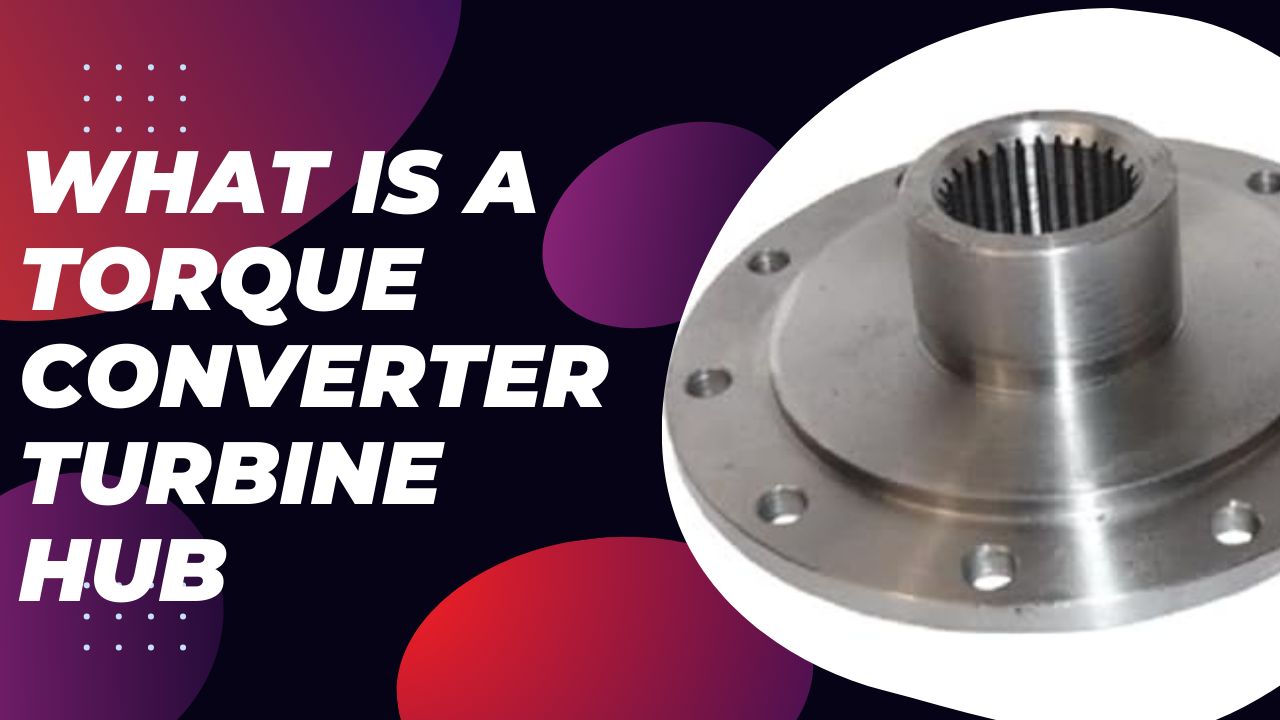What Is The Working Principle of Impeller Hub
The working principle of an impeller hub is fundamental to understanding its role in various mechanical systems, particularly in applications such as pumps, turbines, and compressors. An impeller hub is a critical component that forms part of an impeller assembly, which is responsible for generating fluid flow, pressure, and energy transfer within a system. In this comprehensive guide, we'll delve into the working principle of an impeller hub, its components, and its significance in different applications.
Understanding the Impeller Hub:
An impeller hub is a central component of an impeller, which is a rotating device with curved blades or vanes that accelerates fluid and converts mechanical energy into kinetic and potential energy. The impeller hub serves as the central mounting point for the impeller blades and provides structural support and stability during operation. It also houses the shaft or spindle that connects the impeller to the driving motor or power source.
Working Principle of an Impeller Hub:
- Fluid Acceleration: When the impeller hub, along with the impeller blades, rotates within a fluid medium, such as water or air, it creates centrifugal force. This force causes the fluid to accelerate radially outward from the center of the impeller hub towards the periphery.
- Pressure Generation: As the fluid accelerates outward, it gains velocity and kinetic energy. This energy is converted into pressure energy due to the shape and design of the impeller blades. The curved or twisted geometry of the blades creates zones of high and low pressure, resulting in a pressure gradient that drives fluid flow through the system.
- Energy Transfer: The impeller hub, being the central component of the impeller assembly, facilitates the transfer of energy from the driving motor or power source to the fluid. This energy transfer is essential for tasks such as pumping water, circulating air, or compressing gases in various industrial, automotive, and aerospace applications.
Components of an Impeller Hub:
An impeller hub typically consists of the following components:
- Hub Body: The main structural component of the impeller hub, usually made of metal or composite materials, provides strength, rigidity, and support to the impeller assembly.
- Shaft or Spindle: The shaft or spindle is the central axis of the impeller hub, connecting it to the driving motor or power source. It transmits rotational motion and torque from the motor to the impeller blades.
- Mounting Arrangement: The impeller hub includes provisions for mounting and securing the impeller blades, ensuring proper alignment and balance during operation.
- Bearings and Seals: Depending on the design and application, the impeller hub may incorporate bearings and seals to support the shaft, reduce friction, and prevent fluid leakage.
Significance of Impeller Hub in Different Applications:
- Pumps: In centrifugal pumps, the impeller hub plays a crucial role in generating fluid flow and creating pressure gradients to pump water, chemicals, or fluids in various industrial, agricultural, and municipal applications.
- Turbines: In turbine systems, such as steam turbines or gas turbines, the impeller hub converts energy from high-velocity fluid flow into mechanical rotational energy, which is used to drive generators or produce mechanical work.
- Compressors: In centrifugal compressors, the impeller hub accelerates and compresses gases or air, increasing their pressure and density for applications such as air conditioning, refrigeration, and pneumatic systems.
- Fans and Blowers: Impeller hubs are also used in fans and blowers to create airflow for ventilation, cooling, or material handling in industrial processes, HVAC systems, and automotive applications.
Conclusion: Harnessing the Power of Impeller Hub Technology
In conclusion, the working principle of an impeller hub is central to understanding its role in fluid dynamics, energy transfer, and mechanical systems' functionality. As a key component of impeller assemblies in pumps, turbines, compressors, fans, and blowers, the impeller hub plays a crucial role in generating fluid flow, pressure, and energy transfer for a wide range of applications. Understanding the design, components, and working principle of an impeller hub is essential for engineers, technicians, and professionals involved in fluid mechanics, mechanical engineering, and system design. Harnessing the power of impeller hub technology enables efficient and reliable operation in various industrial, commercial, and residential settings.



Comments
Post a Comment